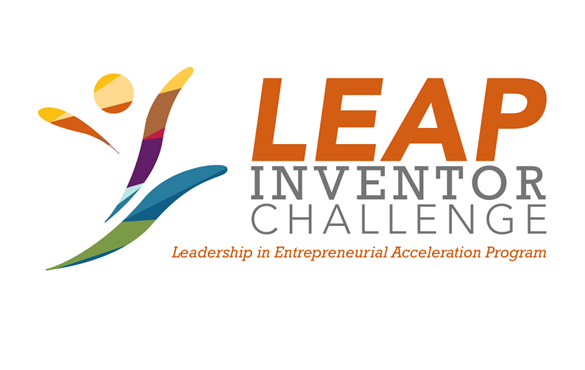Record-breaking half a million committed to 10 research teams through LEAP
Ten Washington University in St. Louis research teams have been selected to receive funding in the Fall 2018 cycle of the Leadership and Entrepreneurial Acceleration Program, better known as LEAP

LEAP is a program of Washington University's Skandalaris Center for Interdisciplinary Innovation and Entrepreneurship. It provides developmental experience, industry connections, and resources to research teams with the goal of advancing Washington University intellectual property towards commercialization.
This was a record-breaking cycle. At ten awardees, this is the most teams that any single LEAP cycle has ever awarded. To fund all ten teams, the university dipped into limited reserves to commit nearly half a million across the teams. "We were excited to see the breadth and quality of opportunities brought forth in this cycle of LEAP," remarked II Luscri, the managing director of the Skandalaris Center and assistant vice provost for innovation and entrepreneurship, "We will always work to find funding to support promising projects and are pleased that we can support these faculty members and labs."
Though funding is important for helping teams move their technologies closer to market, dollar signs aren't the only benefit of the program. "A core focus of LEAP is to orient participants to consider their research project as a commercial asset," commented Tom Krenning, the dedicated LEAP facilitator and a venture analyst at the Skandalaris Center. In addition to coordinating LEAP programming, Krenning assembles and serves on the LEAP Development Team—comprised of the heads the Skandalaris Center, the Center for Drug Discovery, the Institute of Clinical and Translational Sciences, and the Office of Technology Management.
The Development Team meets with LEAP participants multiple times over the course of two months to help them draft a focused plan for further development and commercialization. This educational component was updated this cycle, and the changes were well-received—95% of participants reported that the educational aspect of LEAP was essential for developing the strongest possible applications. "Regardless of whether a team gets funding, we want them to walk away from LEAP with a greater understanding of the commercial environment they must navigate in order to move their technologies forward," Krenning added.
At the end of the cycle, participants present their development plans to external judges, who select the teams that receive funding. With expertise spanning medical devices, pharmaceuticals, and technical goods, the judges provide valuable feedback to participants—a key benefit of the program.
This cycle's 32 judges came from General Electric, Mallinckrodt Pharmaceuticals, GSK, Eli Lilly, Bristol-Myers Squibb, Cook Medical, and more—meaning some of the best in the industry got a first look at the commercializable technology coming out of the university.
"We have a strong community of innovators and entrepreneurs at WashU," Luscri concluded, "Programs like LEAP allow that community to take action on their ideas and move WashU invented technologies towards commercialization."
Of the ten teams, three are affiliated with the McKelvey School of Engineering:



